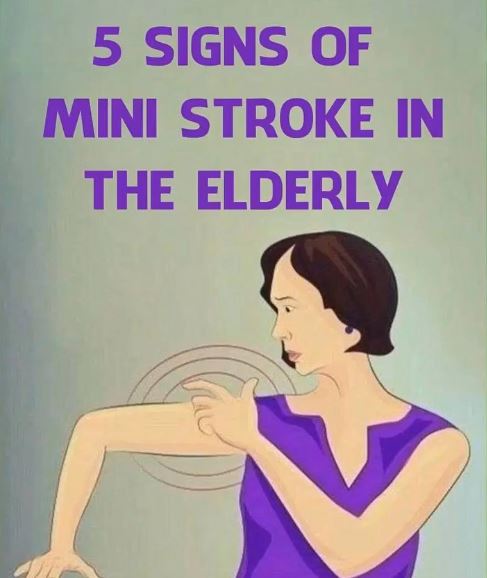When you gaze into a cat’s eyes, you might be captivated by the mesmerizing sight of one being blue while the other shines green. This charming peculiarity is called heterochromia, a visually striking phenomenon not confined to felines alone—it occurs in various species.
Understanding Heterochromia: Heterochromia comes in different forms:

- Complete Heterochromia: Each eye displays a distinct color, like one amber and one blue.
- Sectoral Heterochromia: A segment of one iris differs in color from the rest.
- Central Heterochromia: A different-colored ring encircles the pupil, creating a multi-hued effect.

The Genetic Tale: Genetics often determine heterochromia. It’s usually an inherited trait, evident from birth. However, acquired heterochromia can occur due to injury or illness post-birth.

Beyond Feline Borders: Heterochromia isn’t exclusive to domestic animals. It’s found in cattle, dogs, ferrets, and horses. Even humans can have heterochromia, showcasing the wondrous genetic diversity across species.

Heterochromia in Cat Breeds: Various cat breeds boast heterochromia:
- Turkish Angoras: Known for their striking eyes and elegant coats.
- Khao Manee: Thai breed celebrated for its sparkling odd-eyes.
- Persian Cats: While less common, some display heterochromia.
- Oriental Cats: They, too, can exhibit heterochromia.
- Sphynx Cats: Their hairless appearance is accentuated by odd eyes.
- Scottish Fold Cats: Occasionally, they feature heterochromia.
- Cornish Rex and Devon Rex: Curly-coated breeds that may display this trait.
- Maine Coons: Even they can have odd-colored eyes.
Patterns in Breeds: In some breeds like Turkish Angoras and Turk

ish Vans, heterochromia is a common inherited trait. However, not all odd-eyed cats pass this trait to offspring, as it’s influenced by various factors and doesn’t always follow a straightforward inheritance pattern.
Heterochromia Isn’t Exclusive: Pedigree isn’t a prerequisite for heterochromia. It can manifest in domestic cats too, making each cat a unique companion.

Physical Traits: Heterochromia manifests as a captivating difference in eye color, attributed to variations in melanin concentration in the iris. Blue eyes suggest lower melanin, while brown eyes indicate higher melanin.

Associated Characteristics: Heterochromic cats may have other physical traits like white fur or patches, often linked to genetic elements influencing both coat and eye color.

Health Considerations: While heterochromia itself is benign, it might indicate underlying health issues. Cats with blue eyes could have a higher risk of genetic deafness, especially if they also have white fur. Additionally, eye conditions like uveitis or glaucoma should be monitored.

In conclusion, heterochromia adds a unique charm to a cat’s appearance, highlighting the wonders of genetic diversity. However, it’s essential to ensure any eye color differences are natural and not indicative of underlying health concerns. If in doubt, consulting a vet is always wise.


